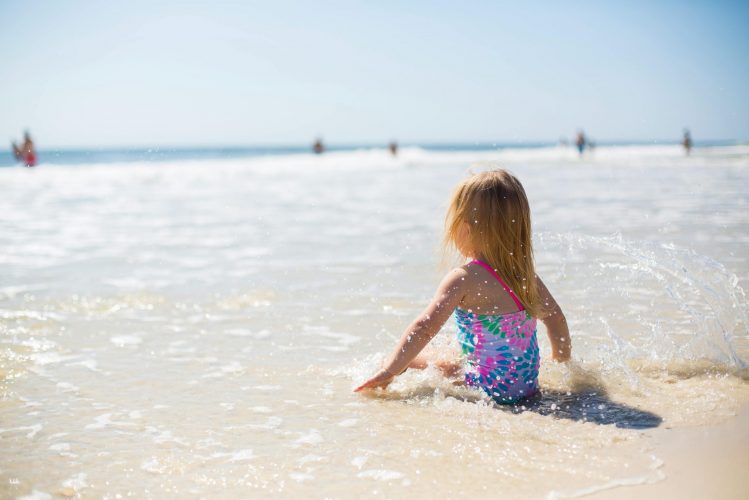Summer is here, and that means long sunny days spent playing outside. While sunshine is essential for Vitamin D production and overall well-being, it’s crucial to protect your little ones from the sun’s harmful rays. Sunburn and heatstroke are common summertime concerns for parents, but knowing how to prevent and treat them can ensure a safe and enjoyable season for everyone.
Sunburn Relief:
Sunburn is a painful reaction to excessive ultraviolet (UV) radiation from the sun. Here’s how to soothe and heal sunburn in children:
- Get Out of the Sun: The first step is to remove your child from direct sunlight and seek shade or air conditioning.
- Cool Down the Skin: Apply cool compresses or give your child a lukewarm bath to reduce skin temperature. Avoid using ice or cold water, as this can further irritate the skin.
- Hydration is Key: Sunburn can lead to dehydration. Encourage your child to drink plenty of fluids like water or milk to replenish electrolytes.
- Moisturize: Soothe the burn with a gentle, fragrance-free moisturizer. Look for ingredients like aloe vera or colloidal oatmeal known for their calming properties.
- Pain Relief: Over-the-counter pain relievers like acetaminophen or ibuprofen can help manage discomfort. (Always follow dosage instructions based on your child’s age and weight.)
- Loose Clothing: Opt for loose-fitting, breathable clothing made from natural fibers like cotton to avoid further irritation.
- Blisters? Seek Medical Attention: If your child develops blisters or the sunburn seems severe, consult a healthcare professional.
For a more detailed guide on sunburn treatment, you can visit the National Health Service (NHS) website: https://www.nhs.uk/conditions/sunburn/
Preventing Sunburn:
- Sunscreen, Sunscreen, Sunscreen: Apply a broad-spectrum sunscreen with SPF 30 or higher at least 15 minutes before sun exposure and reapply every two hours, or more often if your child is sweating or swimming. Don’t forget areas like ears, shoulders, and tops of feet.
- Seek Shade: Especially during peak sun hours (10:00 am – 4:00 pm), seek shade whenever possible. Consider using an umbrella or pop-up tent for extra protection.
- Sun-protective Clothing: Cover your child with protective clothing like hats with wide brims and long-sleeved shirts made from UV-protective fabrics.
Heatstroke Warning Signs:
Heatstroke is a serious medical emergency that occurs when the body overheats and can’t cool down on its own. Here are some signs to watch for in children:
- High Body Temperature: Rectal temperature of 104°F (40°C) or higher is a cause for immediate concern.
- Headache, Nausea, and Vomiting
- Confusion, Dizziness, or Seizures
- Flushed, Red, or Hot Skin
- Rapid, Shallow Breathing
- Loss of Consciousness
Treating Heatstroke:
If you suspect your child has heatstroke, act quickly:
- Call Emergency Services Immediately: Dial 999
- Move to a Cool Place: Get your child out of the sun and into a cool, air-conditioned space.
- Cool Down the Body: Remove excess clothing and gently cool the skin with cool compresses or a lukewarm bath. Don’t use ice water.
- Hydrate if Conscious: If your child is conscious, offer cool sips of water or an electrolyte drink.
Preventing Heatstroke:
- Stay Hydrated: Encourage your child to drink plenty of fluids throughout the day, even if they’re not thirsty.
- Dress for the Heat: Choose loose-fitting, breathable clothing made from natural fibers.
- Limit Time in the Sun: Avoid strenuous activity in excessive heat, especially during peak sun hours.
- Never Leave a Child Unattended in a Hot Car: Even for a few minutes, the temperature inside a car can rise rapidly, leading to heatstroke.
Remember: Sunburn and heatstroke are preventable but can happen easily to anyone. By following these tips and keeping a watchful eye on your children during summer outings, you can ensure they have a safe and enjoyable time in the sun.
Enjoy your summer adventures, and stay safe!







